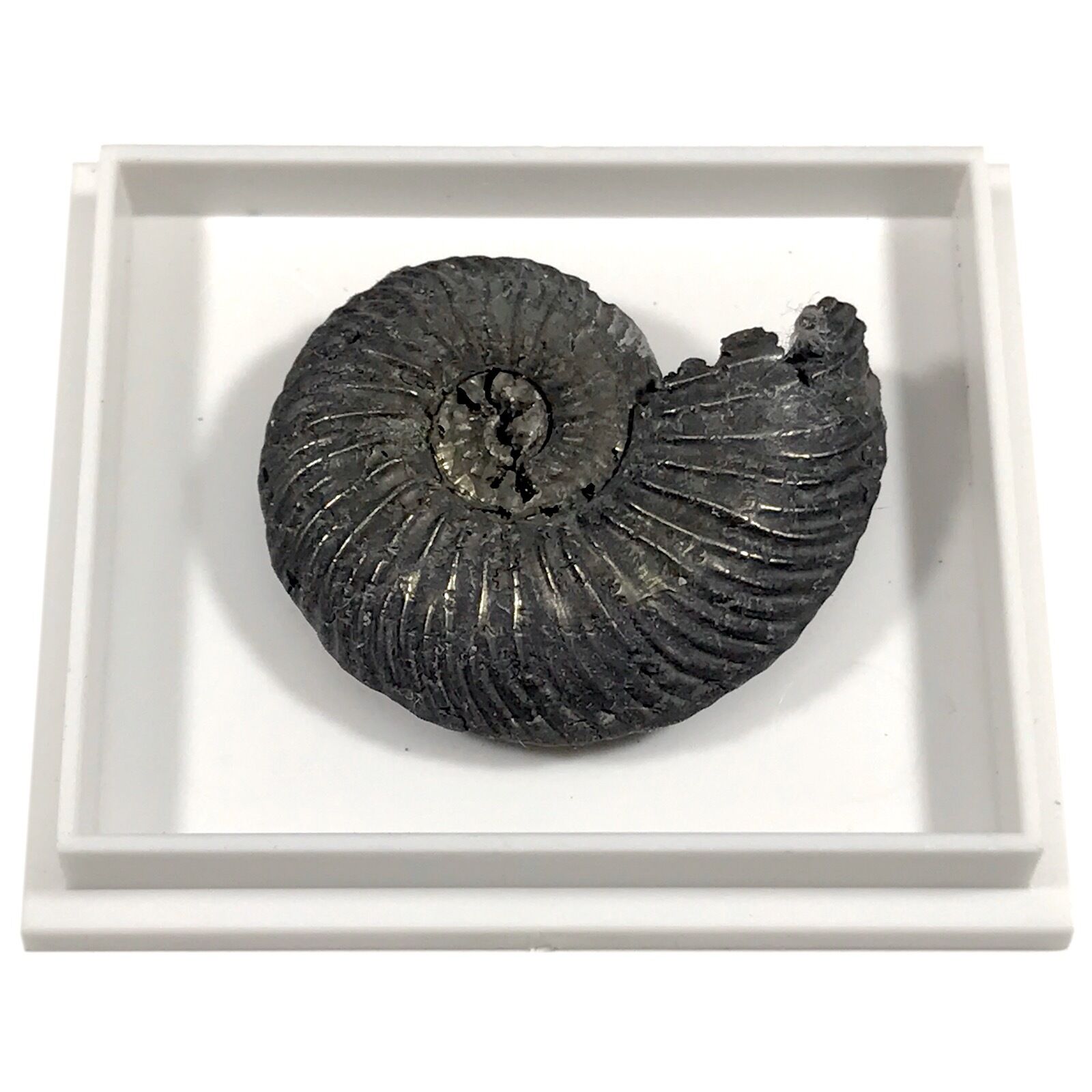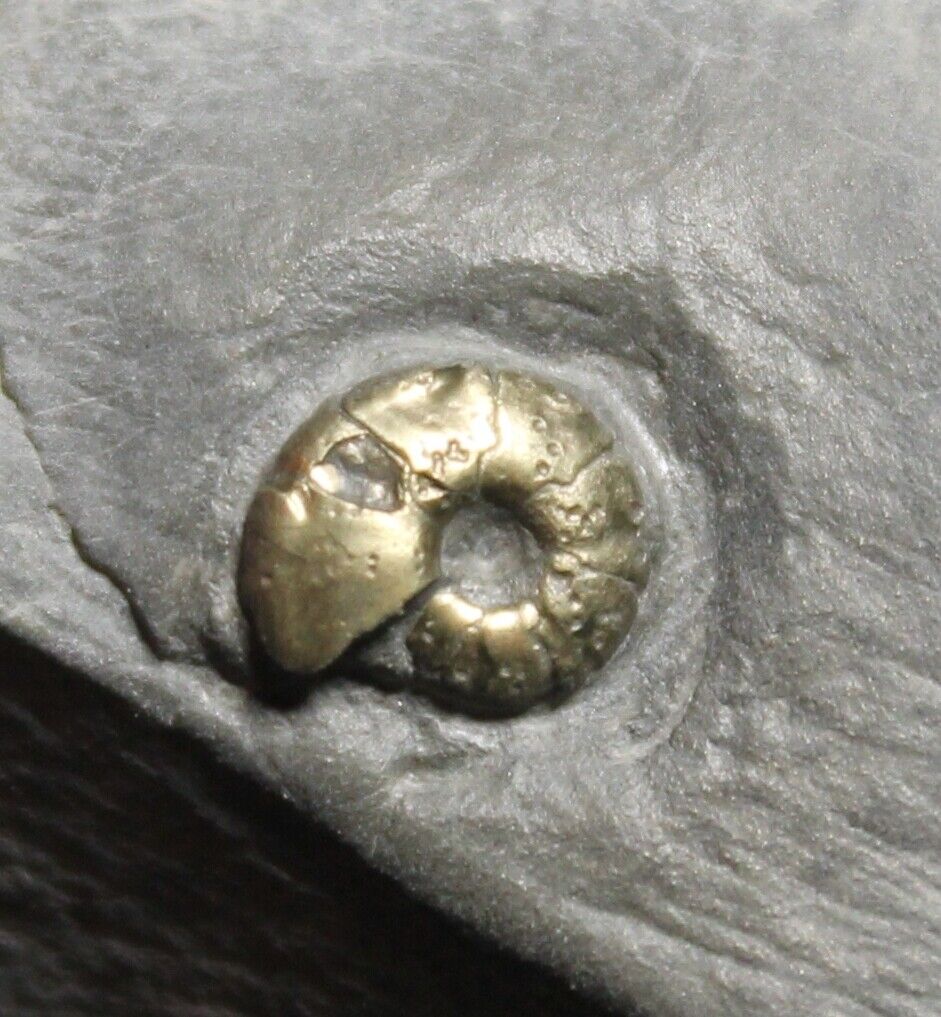-40%
Ammonite Quenstedtoceras Jurassic Era Fossil 112+ Million Year Old FREE USA SHIP
$ 7.91
- Description
- Size Guide
Description
Ammonite Quenstedtoceras Jurassic Era Fossil 112+ Million Year Old FREE USA SHIPA Rare 112+ Million Year Old Jurassic Era Ammonite Fossil in a Clear Specimen Display Case!
You will receive 1 rare Quenstedtoceras Ammonite fossil. Each
Ammonite
fossil is between approximately 1” - 2
”
inches long. The
Jurassic Era Ammonite
Fossil you receive will be randomly selected and is similar to the fossils pictured. Actual fossil will be randomly selected at the time the order is shipped.
Quenstedtoceras Ammonite
Fossils are prized by Collectors, Paleontologists, Professors, Educators, Academics, Geologists and Rock Hounds! Each amazing Jurassic Era fossil is an incredible find, a rare 112+ million year old gift from the earth to you!
“
BUY IT NOW” AND ENJOY FREE USA SHIPPING!
ASK ABOUT COMBINED SHIPPING FOR INTERNATIONAL ORDERS!
ABOUT
QUENSTEDTOCERAS AMMONITE
S:
Ammonoids are an extinct group of marine mollusc animals in the subclass Ammonoidea of the class Cephalopoda. These molluscs are more closely related to living coleoids (i.e., octopuses, squid, and cuttlefish) than they are to shelled nautiloids such as the living Nautilus species. The earliest ammonites appear during the Devonian, and the last species died out during the Cretaceous–Paleogene extinction event.
Ammonites are excellent index fossils, and it is often possible to link the rock layer in which a particular species or genus is found to specific geologic time periods. Their fossil shells usually take the form of planispirals, although there were some helically spiraled and nonspiraled forms (known as heteromorphs).
The name "ammonite", from which the scientific term is derived, was inspired by the spiral shape of their fossilized shells, which somewhat resemble tightly coiled rams' horns. Pliny the Elder (d. 79 AD near Pompeii) called fossils of these animals ammonis cornua ("horns of Ammon") because the Egyptian god Ammon (Amun) was typically depicted wearing ram's horns.[1] Often the name of an ammonite genus ends in -ceras, which is Greek (?????) for "horn".
Quenstedtoceras is a genus of ammonoid cephalopods that lived during the latter part of the Jurassic period in what is now France, Germany, and the United Kingdom.
The shell of Quenstedtoceras is typically evolute and strongly ribbed, with all whorls visible. Widths vary according to the species from rather narrow to somewhat broad, as does ribbing. Ribs commonly start at the umbilical shoulder and extend laterally to about mid flank where they divide and curve forward toward the outer rim, or venter, and meet at a keel. Shells are of moderate size, commonly reaching diameters of about 6 cm (2.4 in).
Cephalopoda - Ammonitida - Cardioceratidae
Parent taxon: Cardioceratinae according to W. J. Arkell et al. 1957
Ecology: fast-moving nektonic carnivore
Environments: offshore, sand shoal
Age range: 161.2 to 112.6 Ma
Distribution:
• Cretaceous of the United Kingdom
• Jurassic of France, Germany, the United Kingdom
_gsrx_vers_586 (GS 6.8 (586))
















